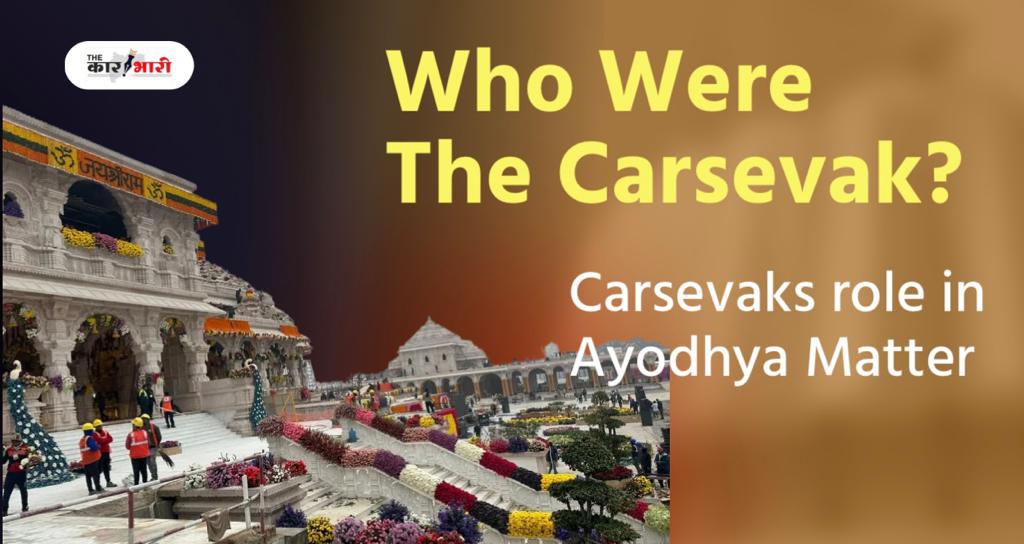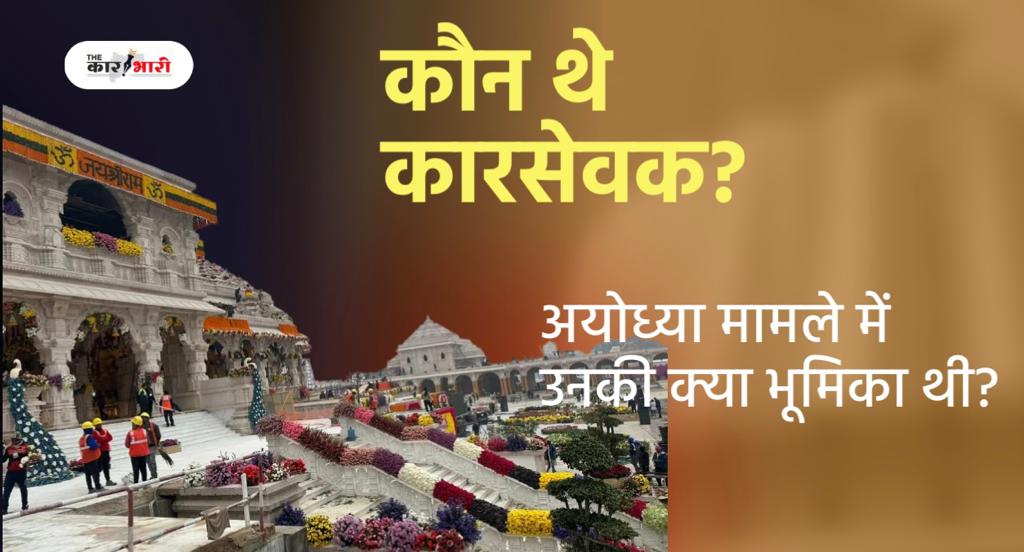The Carsevak Chronicles: Navigating the Ayodhya Matter
In the heart of India, Ayodhya stands as a symbol of historical, cultural, and religious significance. The Ayodhya matter, primarily centered around the Ram Janmabhoomi-Babri Masjid dispute, has been a longstanding issue that has shaped the socio-political landscape of the country. Among the myriad of individuals involved in this complex narrative, the “Carsevak” – those who actively participated in the movement to reclaim the alleged birthplace of Lord Ram – play a crucial role.
Understanding the Ayodhya Matter:
The Ayodhya dispute revolves around the contested site where the Babri Masjid stood for centuries until its demolition in 1992. Hindus believe it to be the birthplace of Lord Ram, while Muslims consider the Babri Masjid a historic religious site. The legal battle over the ownership and the subsequent socio-political ramifications have made the Ayodhya matter a deeply sensitive and complex issue.
The Emergence of the Carsevaks:
The term “Carsevak” refers to the volunteers who were part of the Ram Janmabhoomi movement, actively participating in the efforts to reclaim the disputed site. These individuals, driven by religious sentiments and a fervent desire to assert the Hindu identity, played a pivotal role in shaping the narrative surrounding Ayodhya. Their dedication and commitment to the cause marked a significant chapter in Indian history.
Carsevaks: The Foot Soldiers of a Movement:
The Carsevaks were not merely participants; they were the foot soldiers on the ground, driven by a collective vision of re-establishing the sanctity of the alleged birthplace of Lord Ram. Many of them were ordinary citizens who felt a deep connection to their cultural and religious roots. Their involvement ranged from peaceful protests to more radical actions, culminating in the controversial demolition of the Babri Masjid.
Controversy and Criticism:
While the Carsevaks were driven by a sense of devotion and patriotism, their actions often sparked controversy and criticism. The demolition of the Babri Masjid in 1992 led to widespread communal tensions and violence, leaving an indelible mark on the nation’s psyche. Critics argue that the Carsevaks’ actions jeopardized the secular fabric of India, emphasizing the importance of peaceful coexistence in a diverse society.
Legacy and Reflection:
The Ayodhya matter, with the Carsevaks at its forefront, continues to leave a lasting impact on India’s socio-political landscape. The legal resolution of the dispute in 2019, with the construction of the Ram Temple underway, marks a significant chapter in the nation’s history. As the Ayodhya matter navigates a path towards resolution, it prompts reflection on the role of the Carsevaks and their impact on shaping the narrative surrounding this historical and contentious issue.
Conclusion:
The Carsevaks, as the devoted volunteers of the Ram Janmabhoomi movement, played a crucial role in the Ayodhya matter. Their actions, driven by religious sentiments and a desire to reclaim a sacred space, have left an indelible mark on India’s history. As the nation moves forward, it is essential to reflect on the legacy of the Carsevaks and the lessons learned from the complex and sensitive Ayodhya matter.
—


